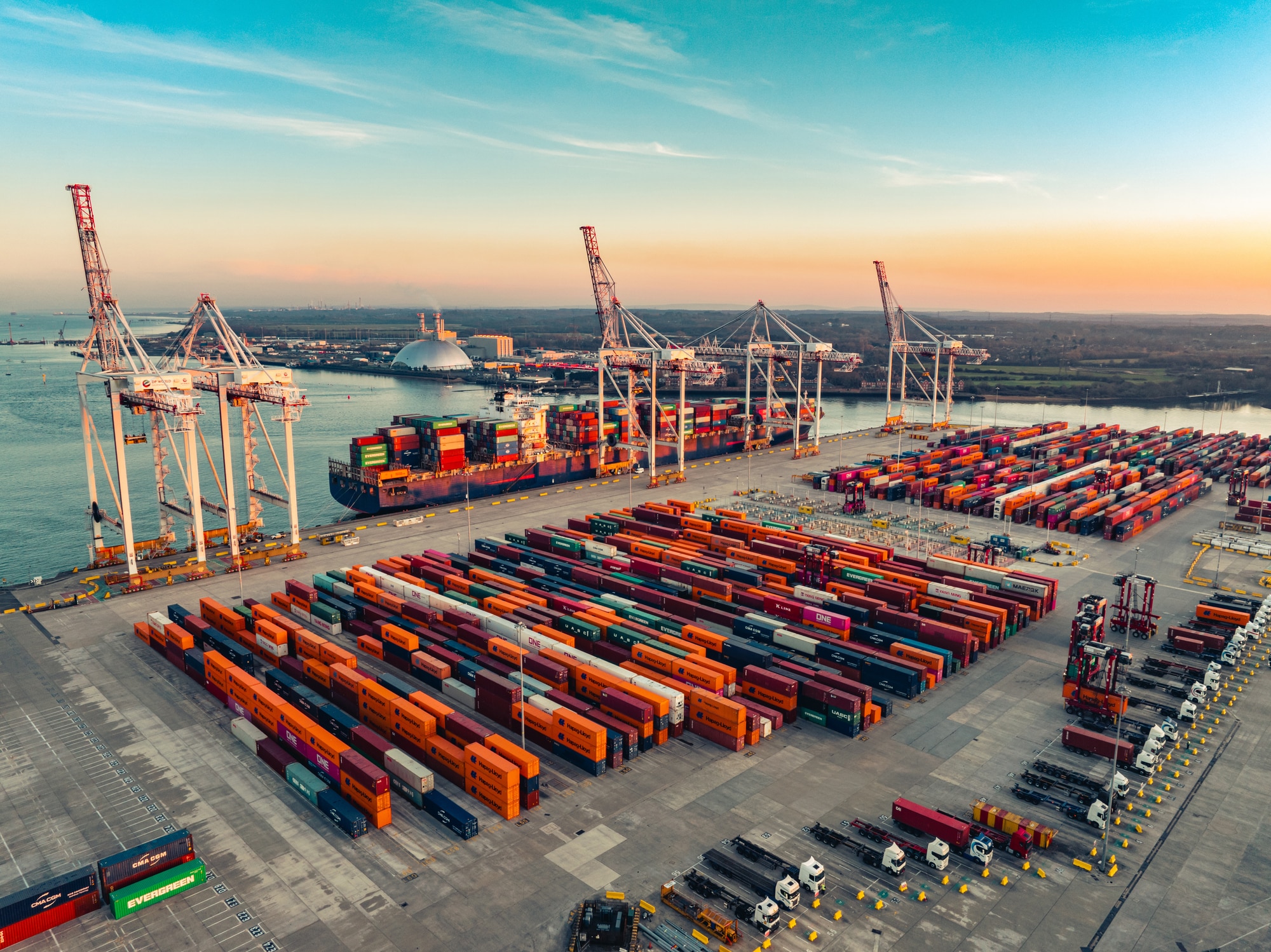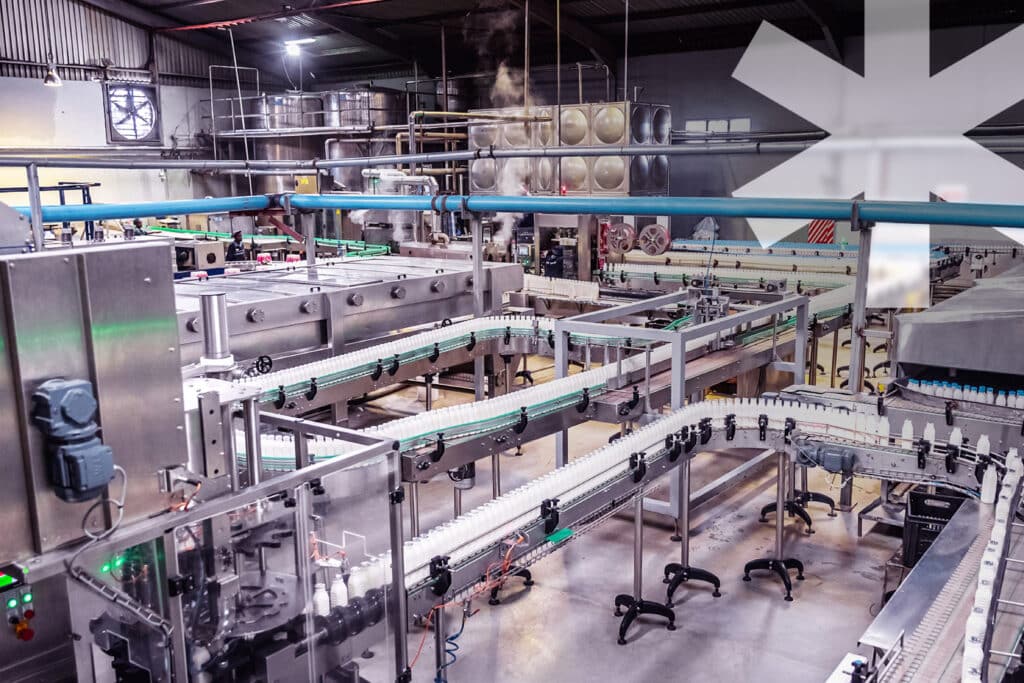Featured in: Industrial News
In the current business landscape, global supply chains are being tested more than ever. From geopolitical tensions and protectionist trade policies to raw material shortages and rising freight costs, the pressure is mounting across industries.
In a recent interview, UK Partner, Amanda Khalaf shares insights on current supply chain pressures and best practice for organisations looking to build resilience for the future.
Where are supply chains under the greatest pressure right now?
Global supply chain networks are facing pressures from a volatile policy environment, with protectionist trade measures and unpredictable announcements, especially under the current US administration. This uncertainty is leading to decision paralysis, with many companies hesitating to act, fearing that any adjustment today could be quickly undone by the next shift in policy.
Additionally, ongoing conflicts are affecting critical trade routes, most notably through the Red Sea, which continue to drive up freight and shipping costs.
Certain industries are grappling with raw materials shortages, while others struggle to source from diversified or reliable partners. For businesses operating with lean inventories or just-in-time models, even small delays can trigger major downstream impacts.
The situation is especially difficult for businesses without in-house customs or trade expertise, as evaluating each new development is both complex and resource intensive. Limited supply chain visibility further compounds the issue, making it harder for companies to assess exposure, model risk, or respond to fast-moving disruptions.
Ultimately, global supply chains are feeling the most pressure as geopolitical uncertainty intersects with deep operational complexity.
What lessons or surprises from the past year deserve more attention?
A critical factor being overlooked is how limited procurement visibility still is, especially in relation to geography. Many companies discovered, often too late, that they lacked accurate data on where their goods are manufactured.
This lack of transparency runs deep into the supply chain. Second-and third-tier suppliers are frequently out of sight, creating blind spots that mask significant risk. Questions like “What impact will these tariffs have on our procurement spend?” are surprisingly difficult for many organisations to answer.
The companies actively responding to tariff pressures are prioritising better data by running targeted impact analyses, launching supplier surveys, and harnessing existing information to map geographic dependencies more clearly. Accurately sourcing data is essential for managing risk and making informed decisions.
Looking ahead to 2026, what shift would make the biggest difference to supply chain resilience?
The single most impactful shift for supply chain resilience will be prioritising adaptability over optimisation. In the current landscape where disruption is rife, companies can no longer afford to optimise solely for cost-efficiency.
Traditional linear planning or buffering strategies no longer hold up. The future belongs to those that embrace scenario thinking, proactively sensing, simulating and adapting to changes. It’s no longer just about what happens inside the organisation, the priority should be coordinating the entire ecosystem.
The most resilient organisations are linking procurement, logistics, commercial strategy, and finance through clear data, robust scenario modelling, and cross-functional collaboration. The goal isn’t just to be more reactive, but to shift from a reactionary model to a ‘sense, simulate, and adapt’ mindset, designing systems that anticipate change and respond intelligently.
Looking to the future, resilience won’t come from a single tool or technology. It starts with a conscious shift in perspective, treating volatility not as something to control but as a constant to build around.
For further insights on supply chain resilience, read our Operations outlook research report.
Interview with: Amanda Khalaf, UK Partner







